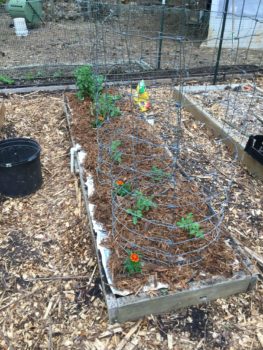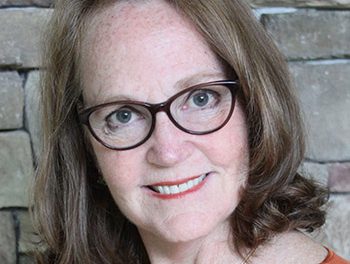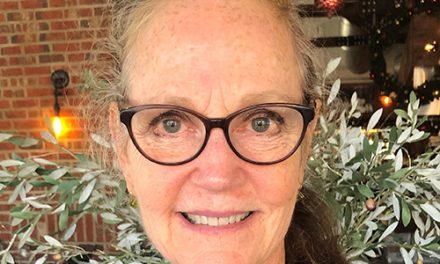
Raised beds with flowers and vegetables.
Everyone’s a gardener these days. During the shelter-in-place and social distancing orders, people still found safe ways to be outdoors and stay active.
As people long to get outside but still stay home, they’re turning to home-improvement projects. Gardening has topped the list, whether they’re growing vegetables or putting in trees, shrubs and flower gardens. This global crisis has come as the weather turns milder and spring already means that more people are outdoors. But instead of gathering with friends or traveling, they’re looking to their own landscapes for a safe and productive way to have some sort of activity.
Hands-on activities for the family
Here are some ideas for easy ways to garden while we all manage this challenging time.
Build some raised beds in full sun – The box retailers have pre-cut kits or you can use your building skills to cut and assemble lumber. Most beds should be at least 12 inches deep, filled with a mix of garden soil, composted organic matter, and soil amendments. Typically, they’re built a couple of feet wide. Plan the location, dig out a couple of inches of the existing soil if you like, then install the wooden sides. Once you fill them, sprinkle in a general-purpose fertilizer, such as 10-10-10, and till or turn it in. Rake smooth. Then you’re ready to plant tomatoes, herbs, eggplant, pepper seedlings and other spring crops. The soil’s not quite warm enough to start seeds directly in the garden until mid-May when you can sow cucumbers, pole beans, and squash directly into the garden. Read the package for spacing when planting seeds and remember that you’ll need to thin them in a couple of weeks, removing the weakest seedlings.
Try container gardening – Big flower pots and window boxes, especially those made of plastic or light-weight fiberglass, can be fun to plant. Make sure containers have drainage holes. Younger children are thrilled to help with picking out the flowers and digging the holes. Right now, nurseries and box retailers are filled with many annuals that provide a stunning show all summer. Choose a thriller, a taller plant that’s very showy, a filler that’s a low-grower, and a spiller that will cascade over the sides of the pot. Coleus or flowering annual salvias are great thrillers. Just remember to regularly deadhead the spent blossoms and to pinch back the tops of the coleus to encourage branching. Fillers, such as dwarf marigolds, million bells/calibrachoa, and petunias, are good choices. The new wave petunias that trail, sweet potato plants, and licorice plants provide the softness of spillers.
The key to success with raised beds and with container gardening is regular watering. Especially with containers, the soil will dry out more quickly. In the hottest months, they may need a good soaking. If the plants look like they’re wilting, douse them thoroughly.
Stress relief and better health
“From improving your physical health to taking a break from the stresses of life, getting back to Mother Earth brims with benefits,” says Joe Lamp’l, national television host and creator of JoeGardener.com. He’s a resident of Milton. “People who garden are generally more physically active, plus many gardeners I know seem to just be happier and more centered. Maybe it’s because they are so connected to nature.”
Lamp’l cites an article from Colorado State University’s Cooperative Extension Master Garden Program’s “Benefits of Gardening.” It says families who grow their own vegetables naturally eat more fruits and vegetables. Plus gardening provides exercise, stress reduction and relaxation.
“There’s just something in the soil that has a physiological effect on mental well-being,” Lamp’l says. “For me, it’s about just smelling the earth and the scents of the plants, plus seeing the results of my labors as the plants grow and mature.”
To learn more about gardening and its benefits, visit JoeGardener.com
There you can find podcasts, garden tips, and free guides. For 11 seasons, Lamp’l has hosted a national television show, “Growing A Greener World,” broadcast on public television stations in all 50 states. Archives and episodes are available at GrowingAGreenerWorld.com





